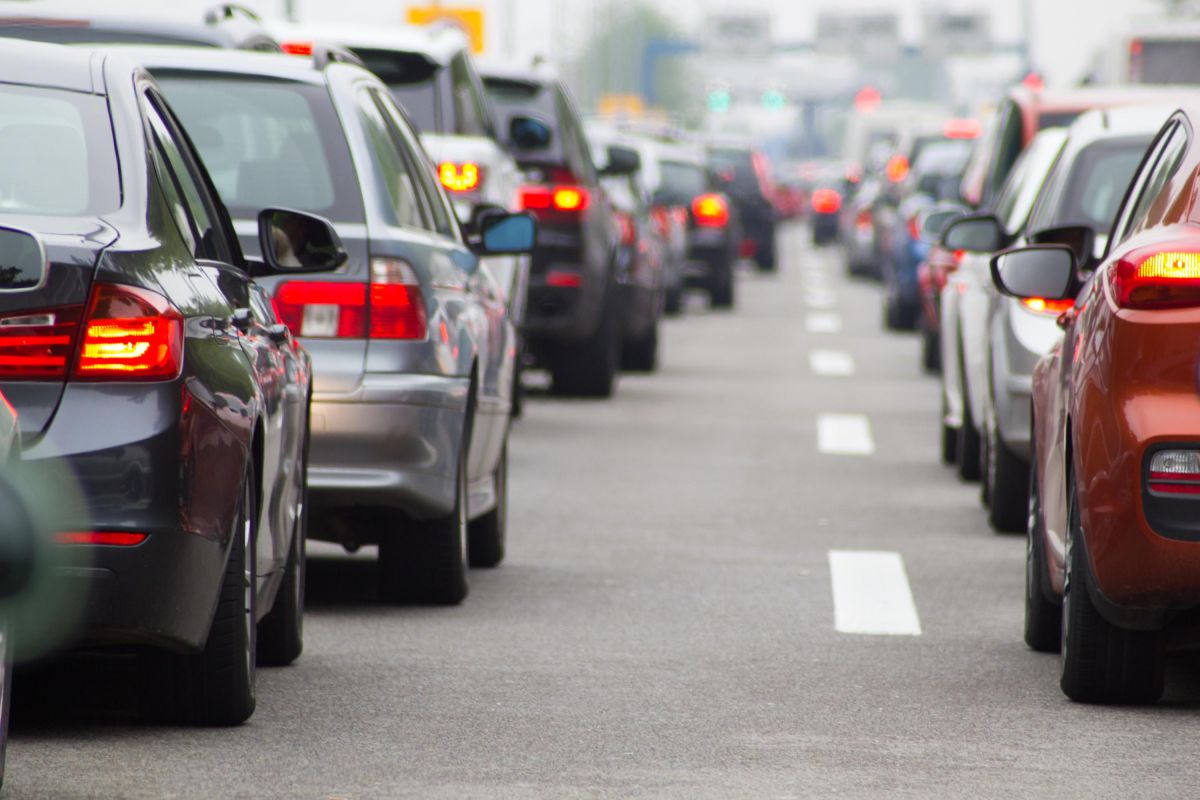Kansas has been named the best state for drivers in 2025, while Hawaii ranks as the worst, according to a new study from personal finance website WalletHub. The report analyzed 50 states based on 31 key metrics, including road quality, commute times, gas prices and traffic congestion.
The study highlights the financial burden of driving, with the average U.S. driver losing nearly $800 per year due to traffic congestion alone. WalletHub’s analysis found states with lower population densities, well-maintained roads and affordable fuel costs tend to offer the best driving conditions.
"Kansas is the best state for drivers, due in large part to the quality and safety of its roads," said Chip Lupo, an analyst at WalletHub. "Kansas has the third-best road quality in the U.S., relatively few aggressive drivers, and the seventh-lowest average commute time by car at just over 20 minutes. Additionally, it boasts the 12th-lowest average gas prices and 10th-lowest auto maintenance costs."
Other states that ranked among the top five for driving conditions include Idaho, Indiana, Iowa and Oklahoma. Meanwhile, Missouri, Nevada, Delaware, Massachusetts and California join Hawaii at the bottom of the list due to high congestion, expensive gas and subpar infrastructure.
Best vs. Worst States
WalletHub's findings show major differences in driving conditions across the country. For instance:
• West Virginia experiences the least rush-hour traffic congestion, while California has 14.5 times more congestion, making it the most gridlocked state.
• Mississippi has the lowest average gas price, which is 1.7 times cheaper than in California, the state with the highest fuel costs.
• New Hampshire has the fewest car thefts per capita -- 11.7 times fewer than Colorado, which has the most.
• California has the most auto-repair shops per capita -- 8.3 times more than Hawaii, which has the fewest.
• Maine enjoys the lowest average car insurance rate, which is 2.5 times lower than in Louisiana, the state with the highest.
Expert Insights on Cost-Saving Measures for Drivers
To help drivers minimize costs, WalletHub included insights from industry experts. Elizabeth Deakin, Professor Emerita at the University of California, Berkeley, recommended buying used vehicles, prioritizing reliability and shopping around for insurance.
"A good used car can be a great deal," she said. "Also, take advantage of discounts for safe driving records or low mileage."
Per Garder, Ph.D., P.E., of the University of Maine, advised against purchasing heavy SUVs or trucks unless necessary.
"Gas consumption is proportional to speed squared, meaning that increasing speed from 50 to 60 mph will use at least 44% more gasoline," he explained.
Strategies for Safer Roads
The report also addressed ways states can improve road safety and reduce traffic fatalities. Robert Cervero, Professor Emeritus at UC Berkeley, advocated for expanding automated vehicle usage and enforcing stricter penalties for distracted driving.
"More dedicated infrastructure for cyclists and pedestrians, like cycle tracks, could also reduce accidents," he noted.
Additionally, Deakin emphasized the importance of reducing speed limits and implementing camera-based enforcement. "Alcohol is a factor in over 40% of crashes," she said, urging states to take stronger action against DUI offenses.
Electric Vehicle Adoption and State Incentives
The report also explored strategies to encourage electric vehicle (EV) adoption. Experts suggested that states invest in charging infrastructure and provide tax incentives to offset costs. Cervero noted that expanding electricity production through renewable sources and grid modernization would further support EV adoption.
For more information and to see where each state ranks, visit WalletHub’s full report.












